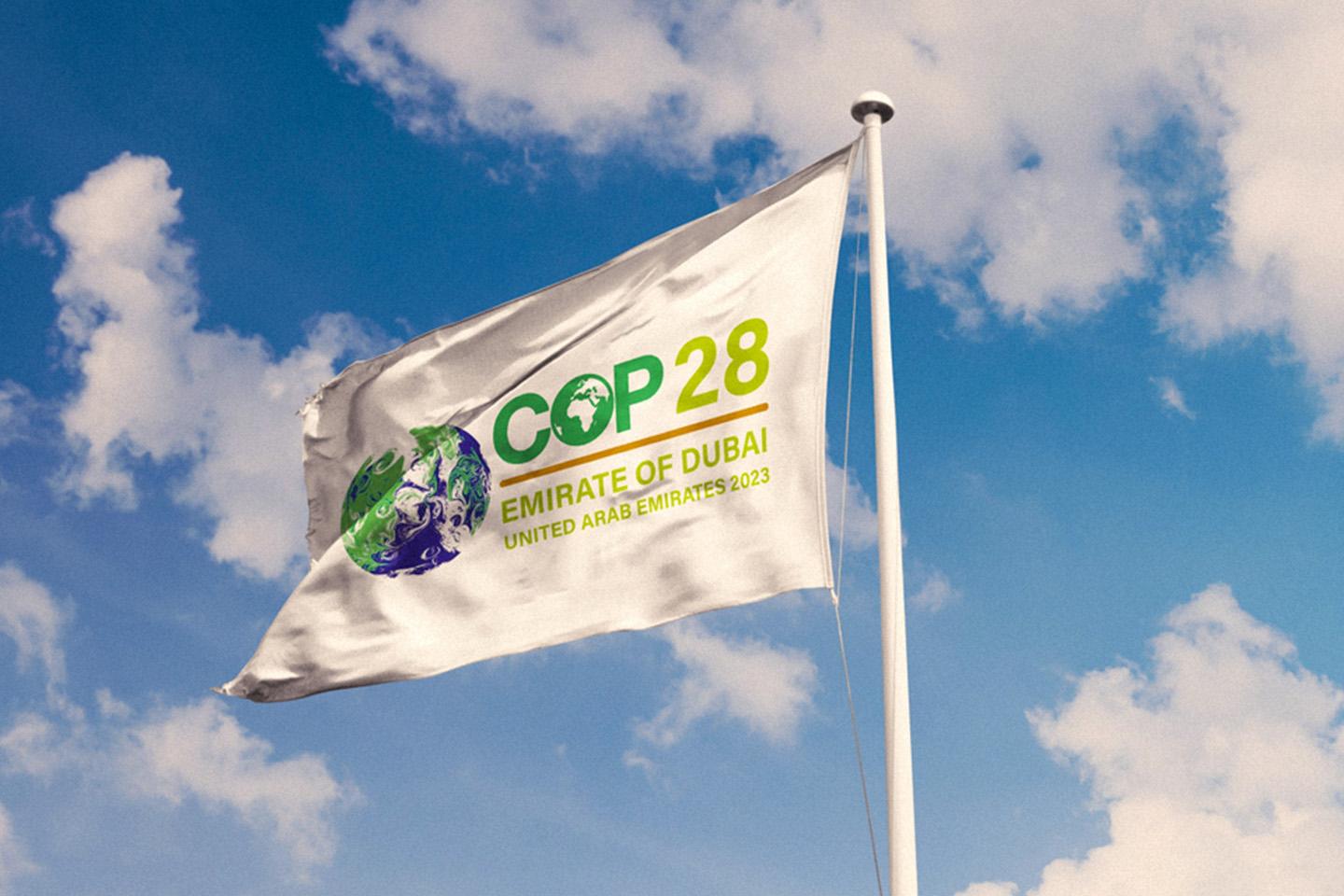Debrief from Dubai: Takeaways from COP28
Even at its best, COP - the UN’s annual climate meeting - yields mixed results. Securing bold agreements from 200 countries is near impossible and translating those commitments into action is an even greater challenge. Yet, the process remains valuable. It focuses international attention on addressing climate change and forces conversations on difficult issues. At its best, COP can give countries direction and inspire renewed commitment to reducing emissions at the national and international level.
I was on the ground in Dubai for COP28 along with Kelsey Paulding, Carbon-Free Europe’s (CFE) EU Director, and Elena Benaim, CFE’s Policy Advisor. In Dubai, our team participated in a series of speaking engagements at COP28 and the Net Zero Nuclear Summit 2023. CFE also hosted a reception celebrating the bold new commitments to triple the global nuclear energy capacity by 2050 and joined the Atlantic Council’s Global Energy Forum. It was an eventful and informative trip.
Here are our top takeaways:
Win for Technology-Inclusivity
As noted by Heatmap, technology was the “Stealth Hero'' of COP28. The final announcement at COP expressed a commitment to accelerated development of “zero- and low-emissions technologies” including carbon capture, direct air capture, nuclear, and low-carbon hydrogen. The announcement also called for the tripling of renewables and nuclear energy as well as new participants in the Carbon Management Challenge. Since CFE’s launch at COP26, we’ve gone from having to whisper about nuclear and carbon capture technologies to having both identified as critical tools to meet climate targets - a remarkable shift in just a few years. As CFE’s research reinforces, the more clean energy alternatives we have to deploy, the better our odds are of displacing fossil fuels in a timeframe that avoids the worst impacts of climate change. This technology-inclusive approach is critical for de-risking the energy transition and its acknowledgement at COP28 is a massive step in the right direction.
Keeping Up The Methane Moment
At COP26, the US and EU spearheaded the launch of the Global Methane Pledge to reduce methane by 30% from 2020 levels by 2030 (which could avert 0.2C of warming by 2050). Since then, more than 150 countries have signed the pledge. At COP28, several countries also announced how they will achieve these targets, including pledging $1 billion in new grant funding. This year, we also saw 50 of the world's major oil companies join the Oil and Gas Decarbonization Charter and commit to end flaring and cut methane leaks to "near zero" by 2030 and eliminate methane emissions by 2050. To support the methane phaseout, the World Bank created a $250 million trust fund. However, Chevron and Exxon Mobil opted out of contributing to it. We made progress at COP, but considering these companies account for 40% of global oil production, there is still far more that oil and gas companies must do.
Long Awaited Language on Fossil Fuels
COP28 closed with an agreement to transition away from fossil fuels. This is a remarkable accomplishment given COP28 President Sultan Al Jaber previous statements that there was no science supporting the need to phase out fossil fuels. Unless countries enact bold policies to reduce emissions at home, this is all just diplomatic talk.
Falling Short on Adaptation Financing
Global climate finance has taken off in recent years. As Ede Ijjasz-Vasquez from Brookings stated, “global climate finance has doubled from $653 billion in 2019-2020 to $1.3 trillion annually in 2021-2022.” In the US alone, 280 clean energy projects amounting to $282 billion in investment were spearheaded in the first year since the Inflation Reduction Act’s passage.
While capital is flowing for clean energy projects, the same is not true for adaptation. Less than 5% of total climate finance is allocated for adaptation. COP28 kicked off with a historic agreement on a loss and damage fund for developing nations to adapt to the impact of climate change. However, wealthy countries only pledged around $700 million - less than 0.2% of what’s necessary. Estimated damages to developing countries because of climate are around $400 billion annually.

